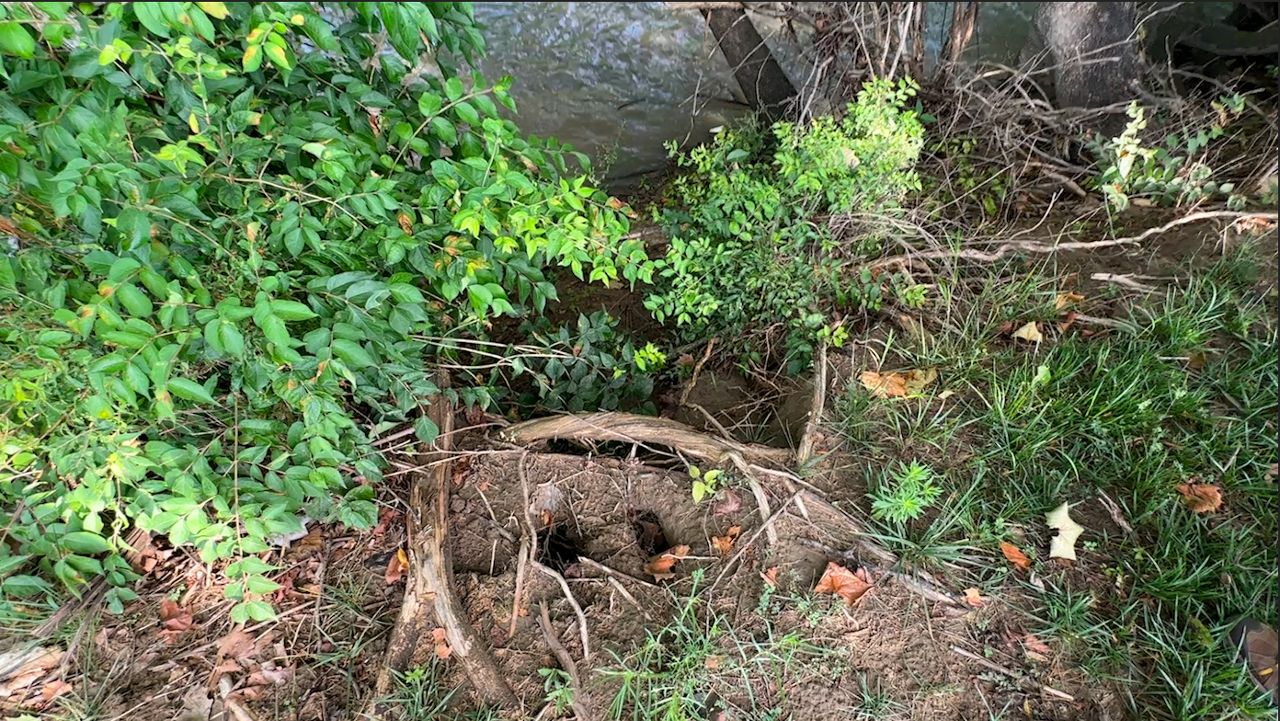CINCINNATI – Whenever he walks folks to the banks of the Mill Creek, just north of the city, Dave Schmitt said he’s always happy to see their surprise at just how active the creek is.
Fish are swimming, birds flit overhead and on a sunny summer day, it’s a perfect spot to launch a canoe or kayak. It’s a very different scene from those who lived in Cincinnati their entire lives might remember from a few decades ago.
“Mill Creek was kind of frankly, desperately polluted and had been for a lot of decades,” Schmitt said. “Fast forward 25 years and the stream has made a truly amazing recovery.”

Flowing through the heart of Cincinnati’s west side, the Mill Creek helped launch the corridor’s industrial development, but years of waste, from the pork industry, soap production and eventually chemicals, continually dumped into the river took its toll.
“It didn’t smell good,” Schmitt said. “It frequently ran different colors.”
In 1997, American Rivers designated the Mill Creek the “most endangered urban river in North America.” There were no fish, e. coli was rampant, and it was dangerous to even float on the river, let alone swim in it. Schmitt said that was the wake up call for conservationists to start working to change things.
“Frankly, that was embarrassing to the city and the state,” he said.
The Clean Water Act and its standards for national water quality meant the worst of the industrial pollution was stopped at its source, but, at the local level, the Mill Creek Alliance has handled restoration projects and water monitoring.

As executive director, Schmitt said some of the largest restoration projects have focused on stormwater management, fighting erosion and dealing with invasive species.
“There’s still quite a bit of this honeysuckle, that’s here and that’s a problem across the whole region,” he said.
At The Acres, a restaurant, bar and recreation facility, along the river in Evendale, Schmitt said he and the Mill Creek Alliance are working with its owner, Todd Gailor, to start a restoration project in the next year, focused on restoring the eroded stream bank and removing invasive species.
“If the banks are more gradual, the water spreads out, the water slows down, it doesn’t erode as much and then that water sinks into the ground percolates through the ground and through the rock and actually comes out cleaner and is sort of slowly released back into the stream,” Schmitt said.

In the meantime, Gailor said the improving Mill Creek is growing into a draw for his business. He cleared an access point on his property, regularly hosts canoe and kayak launches and spends his time telling folks to look out for the bald eagles nesting nearby.
“We’re just starting to see the benefits by bringing people and showing people, you know, walking people down to the creek,” he said.
As the Mill Creek Alliance continues their work, Schmitt said he’s hoping to hear more stories like Gailor’s and see more businesses cropping up along the river.
“There’s lots of examples nationwide where trails and streams can bring residents and bring economic opportunity and bring jobs back to communities,” he said.



